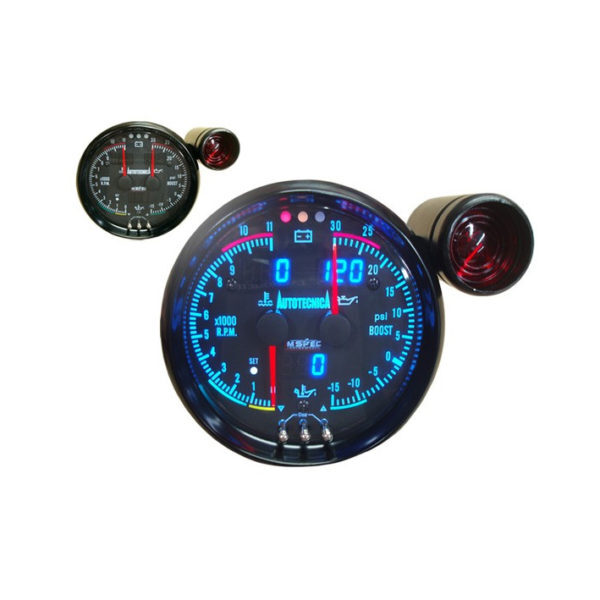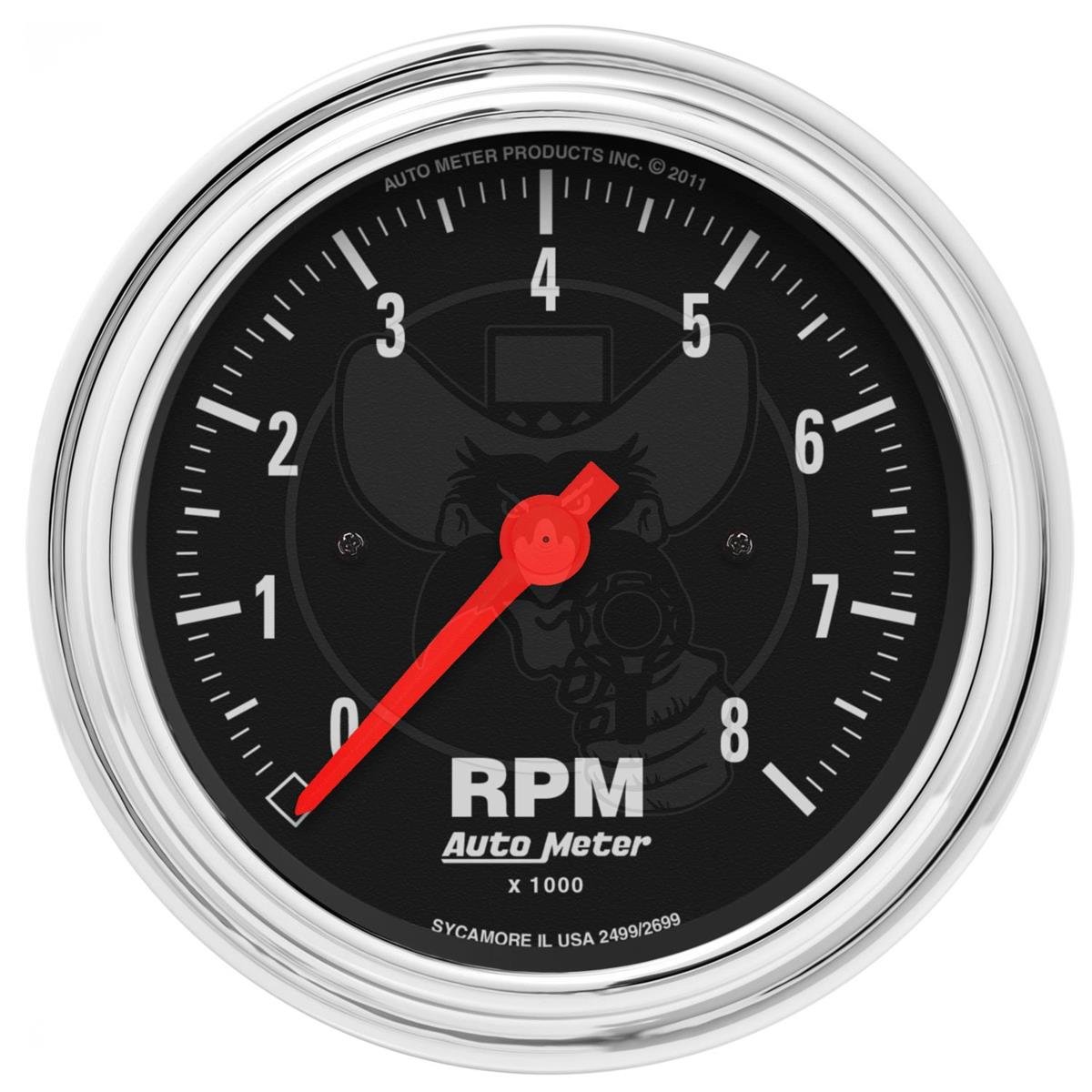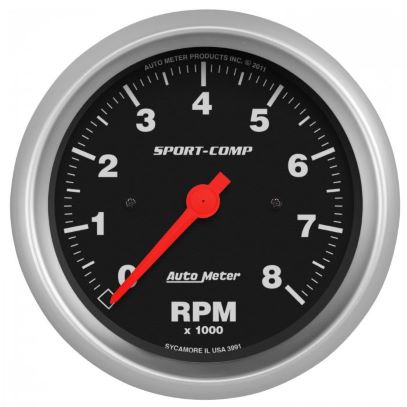Just How a Tachometer Helps Screen Engine Wellness and Efficiency
Just How a Tachometer Helps Screen Engine Wellness and Efficiency
Blog Article
The Importance of a Tachometer in Keeping Track Of Engine Speed and Efficiency in Automotive Applications
In the world of vehicle design, the tachometer stands as a crucial instrument in the chauffeur's collection, offering a direct home window into the internal functions of a car's engine. Beyond its function as a mere scale of revolutions per min (RPM), the tachometer offers as an essential tool for lovers and professionals alike, using real-time insights into engine performance and health and wellness.
Importance of Keeping An Eye On Engine RPM
Keeping an eye on engine RPM, or revolutions per min, is a critical facet of vehicle upkeep and efficiency evaluation. Engine RPM directly associates with the rate at which the engine's crankshaft rotates, indicating just how rapidly the engine is running - tachometer. By keeping an eye on RPM, mechanics can evaluate the health of the engine, find possible issues, and fine-tune performance. An unusual RPM reading might signify troubles such as engine misfires, faulty ignition system, or concerns with the gas shipment system. Regularly high RPM readings might suggest aggressive driving behaviors or the need for a higher equipment change to improve fuel performance.
In addition, keeping an eye on engine RPM is essential for performance analysis in racing and high-performance automobiles. Maintaining optimal RPM levels is crucial for attaining peak power outcome and velocity. Racers often make use of tachometers to ensure they are operating within the optimal RPM variety for optimum performance. In summary, keeping track of engine RPM is not just essential for discovering concerns yet likewise for maximizing engine efficiency in numerous vehicle applications.

Advantages of Real-Time Information
In automobile applications, real-time data plays an essential duty in giving immediate insights into the performance and problem of the automobile. By continually checking various criteria such as engine rate, temperature, fuel usage, and a lot more, real-time data offers many benefits that add to improved performance and safety and security when driving.
Furthermore, real-time information assists in efficiency optimization by providing immediate comments on driving practices and engine performance. Drivers can change their actions in real-time based on this info to accomplish far better fuel economic situation and lengthen the life-span of their vehicle.

Moreover, real-time data plays a crucial function in contemporary auto diagnostics, allowing service technicians to promptly diagnose and attend to malfunctions. This results in reduced downtime, reduced upkeep expenses, and eventually, boosted overall lorry reliability and durability (tachometer). By using the power of real-time information, vehicle stakeholders can make enlightened choices that positively impact both the efficiency and long life of the lorry
Effect on Equipment Shifts
Effective gear shifts in automobile applications substantially influence total performance and driving experience. The tachometer plays a vital role in enhancing gear changes by supplying real-time engine rate information to the chauffeur. When coming close to the redline on the tachometer, it signifies the vehicle driver to upshift to avoid over-revving the engine and causing possible damage. On the other hand, downshifting at the appropriate minute can aid maintain the engine in its power band, guaranteeing responsive acceleration when required.
In addition, the tachometer help in achieving smoother equipment transitions, particularly in hands-on transmissions. By keeping track of engine rate, vehicle drivers can perform gear shifts at the optimum RPM array, minimizing jerking movements and minimizing endure the transmission components. This precision on duty modifications not just boosts driving convenience however likewise adds to fuel performance.
Enhancing Gas Effectiveness
Provided the important try this website function the tachometer plays in enhancing equipment shifts for efficiency and engine health, it directly adds to optimizing gas effectiveness in automotive applications. By offering real-time comments on engine rate, the tachometer aids vehicle drivers in maintaining the read the article most reliable RPM variety for fuel economy. When vehicle drivers consistently check the tachometer and change their driving practices appropriately, they can prevent unneeded gas consumption brought on by over-revving or lugging the engine.
Additionally, the tachometer aids chauffeurs recognize one of the most fuel-efficient gear to be in at any kind of given moment, protecting against the engine from working more challenging than necessary. This is especially crucial throughout velocity and travelling, where being in the ideal gear can considerably impact fuel performance. Furthermore, the tachometer can inform chauffeurs to prospective mechanical problems that could be adversely affecting fuel economy, such as a slipping clutch or a clogged air filter. Finally, the tachometer functions as a beneficial tool in enhancing gas effectiveness by advertising optimal driving behaviors and determining locations for enhancement in the automobile's performance.

Maximizing Engine Long Life
The tachometer's function in keeping an eye on engine speed and efficiency is important in making sure the long life of automotive engines. Keeping an eye on the tachometer allows motorists to stay within the advised RPM array for their lorry, avoiding unneeded strain on the engine and extending its life-span.

Conclusion
Finally, the tachometer plays a crucial duty in keeping track of engine rate and efficiency in auto applications. By giving real-time information on RPM, it permits reliable equipment changes, enhanced fuel efficiency, and made the most of engine durability. This tool is crucial for maintaining optimal engine performance and making sure the total functionality of a vehicle.
Report this page